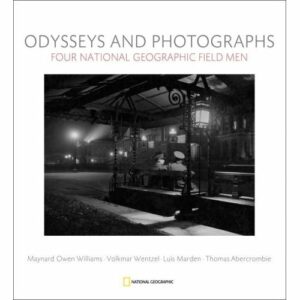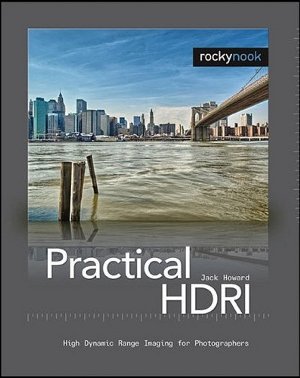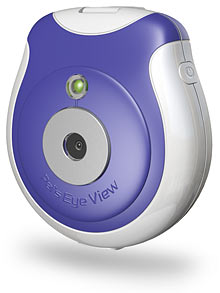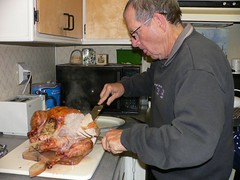 Digital Photography: The Missing Manual from O’Reilly sets out to answer all of the questions beginning photographers face before and after they open their new cameras and file away the unopened and often unfriendly manual that came with it.
Digital Photography: The Missing Manual from O’Reilly sets out to answer all of the questions beginning photographers face before and after they open their new cameras and file away the unopened and often unfriendly manual that came with it.
I’m giving away my review copy. Read on to find out how to enter the drawing.
For the digital novice, this book opens with two chapters on choosing a new camera in the first place. These chapters are great if you don’t know what to look for in a digital camera or you find yourself exasperated from teaching a friend or relative about megapixels and digital sensors. The advice can help you determine what you need, what’s important, and what can be ignored.
The following five chapters deal with actually using the camera itself. Chapter 4 covers decisions that are often made on a shot-by-shot basis, chapter 5 is devoted to avoiding blur. Chapter 6 contains nothing but “recipes” for certain types of shots: panoramas, frozen action, classic sunsets, outdoor portraits, etc.
Chapter 7 has a little advice specifically for SLR owners.
… Continue reading Review: David Pogue’s Digitial Photography: The Missing Manual













